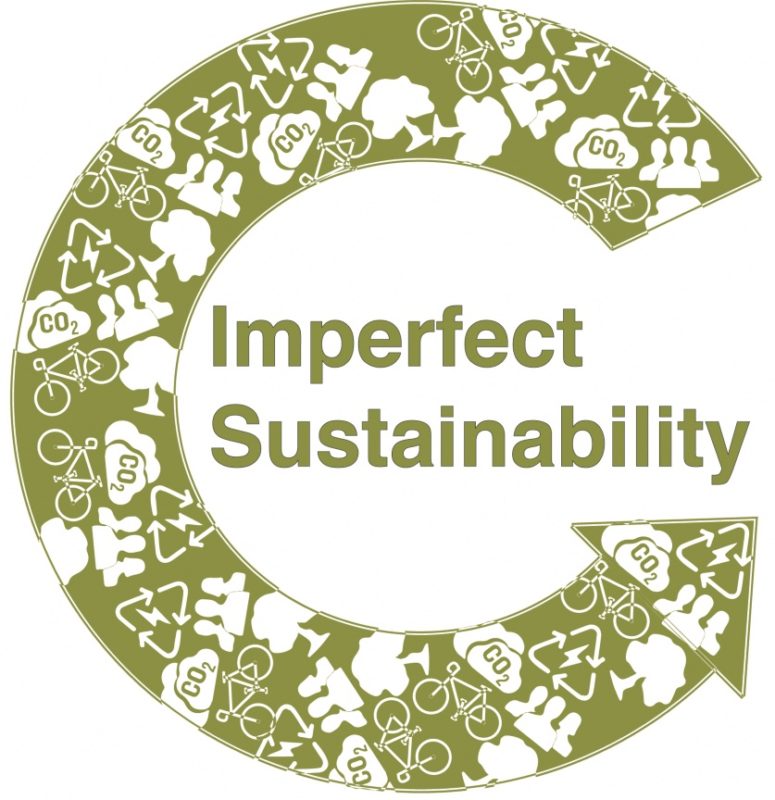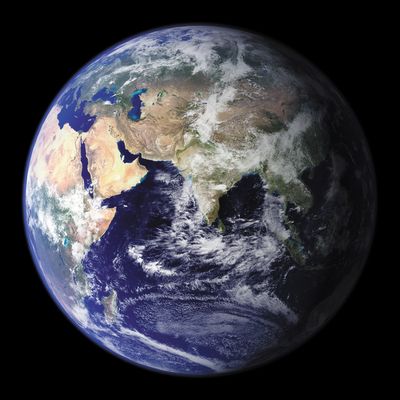The circular economy
The circular economy switches focus from recycling object to reusing them.
We already have some excellent examples of the circular economy in action in Chippenham including the Wiltshire scrapstore that collects excess packaging and electronic items from businesses (including mine) and sells them for a small amount of money to schools and nurseries for craft projects. MAD about waste upcycles clothing and has even employed designers to achieve this putting on an upcycled fashion show.
But we could go much further. Moving to a true circular economy requires collective and system change over a period of time. I tried to write policies to support the evolution to the circular economy into the new Neighbourghood plan for example, not easy in a planning document.
The winner of the South West environmental sustainability awards Banaby’s Brewhouse are situated next to Riverford Organic. They use electricity from Riverford’s solar farm and their own natural spring water. Grey water is filtered through organic reed beds and spread onto the fields. Spent grain from brewing is fed to Riverford’s organic cows and spent hops are broken into organic compost. When Riverford had a crop of green tomatoes that failed to ripen they have jokingly offered them to Barnaby’s Brewhouse. Barnaby’s turned them into a traditional Belgian Saison ale that went on to win awards.
In an area surrounded by farmland and with Lackham agricultural college on our doorstep it’s not too much of a stretch to see how with incubator units the circular economy could be encouraged in Chippenham.
Businesses could register their waste products in a central location that could be viewed as potential ‘technical nutrients’ for other businesses.
A Library of Things could be created allowing residents to borrow things for short term hire. Car sharing schemes could be implemented available 24/7 to residents that have signed up to the scheme for short term hire of low emissions vehicles. This could be expanded to electric bicycle schemes. The potential is only limited by our imagination and willingness to implement these ideas.
So what is GDP and how did it become so important?
Gross Domestic Product or GDP is defined by the Bank of England as…
“Gross domestic product or GDP is a measure of the size and health of a country’s economy over a period of time (usually one quarter or one year). It is also used to compare the size of different economies at a different point in time.”
It goes on to say…
“When GDP goes up, the economy is growing – people are spending more and businesses may be expanding. For this reason, GDP growth– also called economic growth or simply “growth” – is a key measure of the overall strength of the economy.”
The language is interesting – strength, to be strong, a good thing; as opposed to weakness – perceived to be a bad thing.
GDP first emerged as a measure of economic growth in the post depression years in the United States. In the second World War it incorporated military spending and became a key way of measuring a country’s economy, and also therefore comparing economies.
Yet Simon Kuznets who first developed the modern concept of GDP cautioned against its use to measure welfare.
Economic growth has of course brought the West to the modern world that we live in and has brought great benefits in health care, education, and scientific advancement. It is one of the reasons many developing countries wish to grow their economy to create Western living standards. And, to go full circle is where we looked at the concept of sustainable development
“meeting the needs of the present without compromising the ability of future generations to meet theirs”
and realised it was a concept that could be acceptable to all nations regardless of their stage of economic development.
However there is a problem with putting economic growth as the central goal and this is neatly captured by Kate Raworth…
“No country has ever ended human deprivation without a growing economy and no country has ever ended ecological degradation with one.”
As Tim Jackson puts it, economic growth and its effect on resource usage is a bit like climbing an escalator. Though efficiency of resource usage improves (the escalator going down), overall demand for products continues to grow at a greater rate and overall we end up climbing the escalator to ever greater resource usage.
There are some nations that appear to hit a sweet spot of relatively high Social Progress without the corresponding high GDP.
Costa Rica is an example that fits this hypothesis. Monica Araya gives a fantastic TED talk on how this has been achieved here…
What should we do in the developed economies?
So how in a developed Western economy can we decouple ourself from this dependence on growth that is leading us to ecological and climate disaster with limited additional Social Progress, and move to one that doesn’t become unstable without growth?
Well that is probably one of the most challenging questions of our generation!
Tim Jackson and his team at the Centre for the Understanding of Sustainable Prosperity (CUSP) are continually examining this challenge and producing papers on how it could be achieved https://www.cusp.ac.uk/
I am old enough to have left school in the 1980s and lived through two recessions and an economic crash we’re still recovering from. In one recession interest rates were taken so high that many people lost their houses, and the nightly news contained the latest job loss count. So the counter point to growth in our current economic system isn’t that appealing. This is why politicians and traditional economists are so keen to keep the growth train on the rails at all costs. For our current economic system becomes unstable when growth falters.
So what are we to do, stop growth and our economic system becomes unstable?
Continue with material based growth and exceed planetary boundaries destroying the life support system we rely upon?
Neither seems like a particularly good option, but for sure continuing on the path we are on isn’t a long term solution, and by long term i’m talking the next few decades. In terms of Climate change and biodiversity loss we need to act now and start this economic evolution.
So we need to move away from the goal of growth at the centre of our economy and put more meaningful measures of human prosperity at its heart. We need to move to an economy that is less resource extractive and more circular – reduce, reuse, recycle. Where the waste output from one enterprise becomes the input to another.
Every National and local Government, and every business large or small, must incorporate the 17 UN Sustainable Development goals for 2030 and the Planetary boundaries at the heart of strategic planning.
For a small business this might seem daunting as the goals are rather far reaching. However it’s really easy to start asking the questions as to how your business activities might contribute in a positive or negative way. And whilst your answers may be imperfect, making a positive step in the right direction is a start.
Principles of the circular economy
Sandra Lee (1)– Sustainability manager at the University of Leicester explains that the key principle of the circular economy is a shift in focus from using resources more efficiently towards reusing resources. The circular economy is an industrial system that is restorative and regenerative by design. It rests on three main principles– preserving and enhancing natural capital, optimising resource yields, and fostering system effectiveness.
We’re starting to see examples of the circular economy in action such as carpet tiles being made from old fishing nets, coffee cups being made from a special polymer that can be turned into more coffee cups, converting unwanted airline seats into handbags and purses, tyres can be recycled into footwear, and we can recover the plastic from used ink cartridges and toners to make ink cartridges.
Creating production models that reduce reliance on raw materials to continuously cycle materials also helps to insulate a company from fluctuations in the commodity market. Essentially we are viewing waste as technical nutrients.
We are starting to see the emergence of the renting equipment, such as mobile phones, cars, and DIY equipment, where vendors become service providers, leasing access to, not selling ownership of a product or service.
Reconditioning of products is also going to become more necessary and legislation may come in to place forcing manufacturers to design products that are easier to dismantle into component or reusable parts.
Often the materials themselves can have an embedded energy component that makes them even more valuable than their virgin source.
Waste coffee grounds and foods can be turned into everyday products by using bacteria to generate salicylic acid, which can then be used in a range of products, from detergents to bioplastics and medicines.
Clothing rental and upcycling is also becoming a new business area. In Chippenham, Wiltshire the charity MAD about Waste upcycles old donated clothes into new fashion items.
Even old chewing gum can become a vast number of things, from Wellington boots to mobile phone covers, stationery, packaging, and much more. That’s got to be a lot better than littering our streets.
In the short film The Earth Circle we can see some great examples of the circular economy around the world. In the Philippines where the fishing communities have suffered they are now collecting rubbish from the ocean floor for recycling into something valuable. The nets are collected and flown to Europe for conversion back to raw nylon for carpet tiles. Whilst there is a certain flaw in the airfreight aspect of this project, the principle is good and is helping to clean the ocean.
In Buiksloterham Amsterdam a concept development is in place to convert an old polluted dockyard into a Sustainable circular development. The essential rule here is that you can do anything you like in terms of development, but the waste output must be reusable or recoverable in terms of nutrients. The projects use rainwater recycling, renewable energy, and even human waste is recovered and turned into fertiliser for plants and food! So we have food, to urine, and back to food again.
The lessons from Buiksloterham are being used throughout Amsterdam and the concepts could be rolled out to cities all over the world.
But there are challenges. It is hard for individual businesses to become sustainable in a circular way without system change and a collective transition element.
There are countries that are already extremely resource constrained – Japan being an example. In Japan the recycle rate for metals is 98% and less than 5% of waste goes to landfill. It’s illegal to throw out household appliances in Japan. The Tokyo-Eco Recycling centre recovers many valuable rare earth metals and also some electronic components that are sold back to the original manufacturers. Making this system work took a full cultural shift backed by government. Anyone that buys a product in Japan must pay upfront for the cost of recycling it. Buts subsidies were needed to make the finances add up, which shows the challenge of a circular economy.
Nonetheless Japan can can be seen as an accelerated view of the resource constraint that will soon be seen in many countries and we can learn many lessons from its approach.
In almost all cases materials currently made in a circular manner are more expensive than their single use equivalents. We see this with the air cushions we use made from recycled potato peelings, that are twice as expensive as their plastic equivalent. So it really becomes a decision as to whether short term profitability should be our central goal over longer term prosperity in a world of ever constrained resources.
A shift from GDP?
Other important changes have also been made this year. A small Times article indicated that a new UK public health strategy is being designed to force Whitehall to prioritise improving health and well being through an index that over time can be tracked along side GDP. It added that it is part of a broader shift towards viewing health as one of the primary assets of the nation contributing both to the economy and the happiness of the population.
The New Zealand government is blazing a trail on this producing their first well being budget in 2019
“We don’t believe progress as a country should be measured simply by narrow headline economic numbers. For example, we’ve enjoyed enviable GDP growth in recent years, but what sort of success is that when we have the worst homelessness in the OECD?” – Rt Hon Jacinda Ardern – New Zealand Prime Minister
The Final Word on Growth
The final word on growth should perhaps go to Robert Kennedy (then US attorney) opening a debate on GDP in 1968.
“The Gross National Product does not allow for the health of our children, the quality of their education or the joy of their play. It does not include the beauty of our poetry or the strength of our marriages, the intelligence of our public debate or the integrity of our public officials. It measures neither our wit nor our courage, neither our wisdom nor our learning, neither our compassion or nor our devotion to our country, it measures everything in short, except that which makes life worthwhile.”
So let’s start evolving our businesses and economy away from pure growth to incorporate prosperity. If we can achieve this rapidly we can stabilise our climate and biodiversity loss and create a better world for us all to live in.
(1) Concepts in Sustainability – The Circular Economy – University of Leicester
(2) The Earth Circle -https://www.youtube.com/watch?v=xaK452BF3Cw


